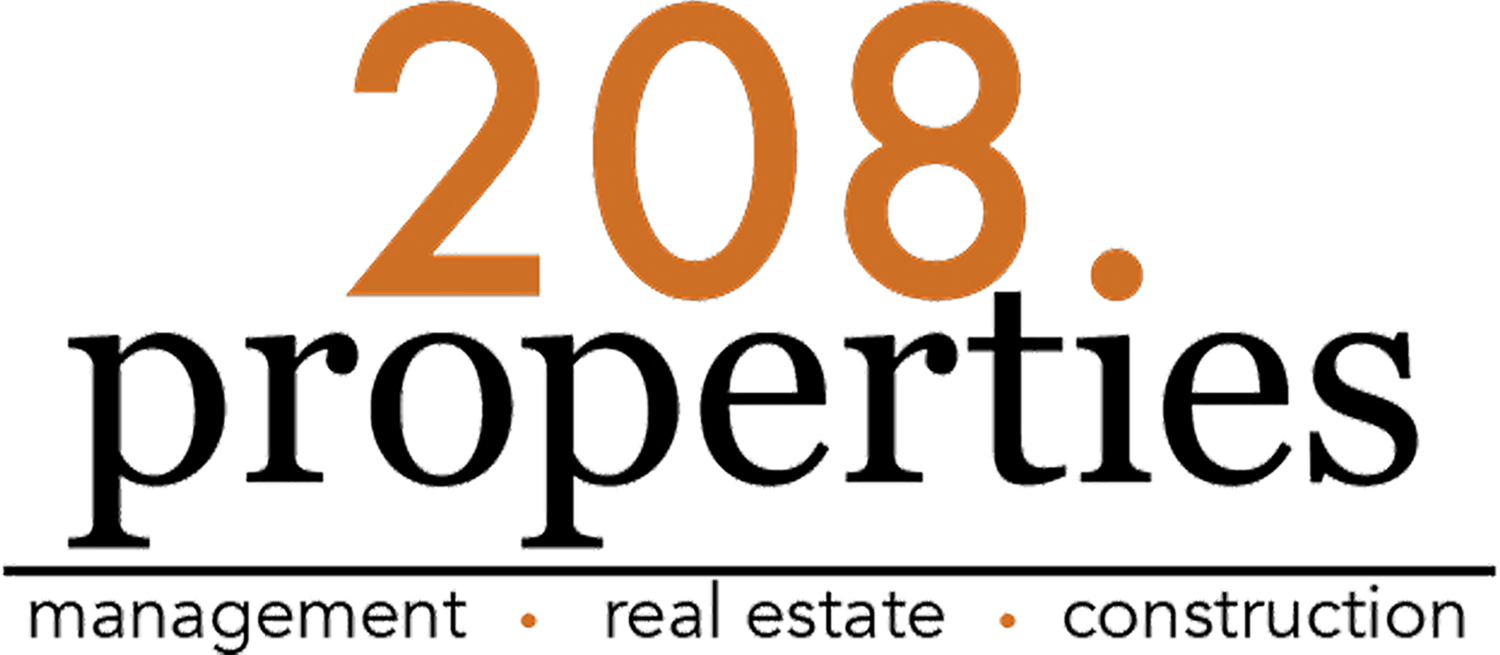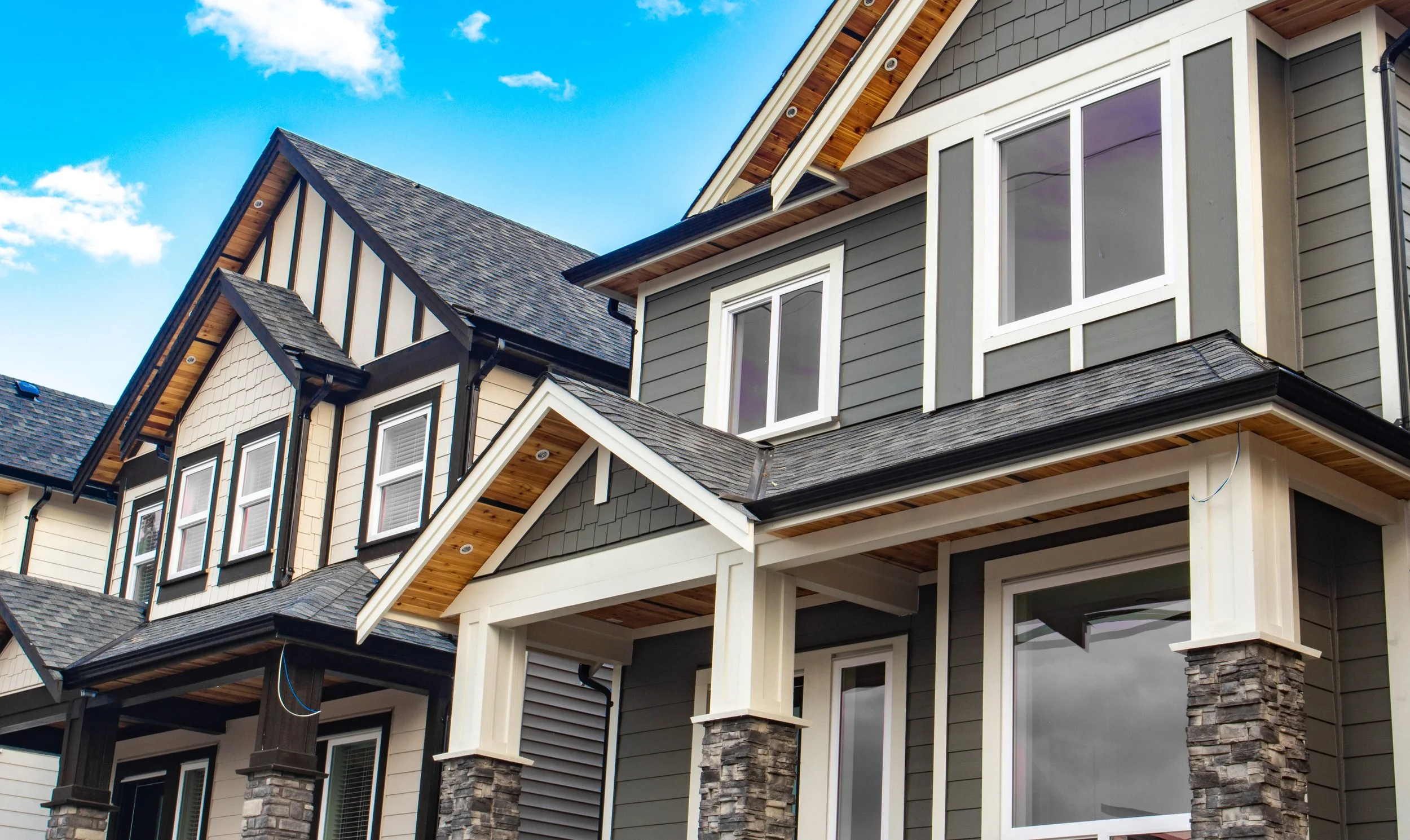The main difference between single-family and multi-family is the number of residences they contain. Single-family homes have just one dwelling unit, whereas multi-family properties have between two and four. You may hear multi-family homes called duplexes, triplexes, or quadplexes, which refers to the number of units they contain.
Each unit within a multi-family home has its kitchen, bathroom, utility meter, address, and entrance. This enables the families to live separately, even though they share common walls and a roof.
Although multi-family homes have several units, one person usually owns the entire property. This distinguishes multi-family homes from condo complexes and apartment buildings where different people own each unit.
Because owners of multi-family homes can rent the units out, they’re popular among real estate investors. They’re also a good choice for multigenerational families who want to live under the same roof while still having their own space.
Although multi-family homes are standard, there tends to be more demand for single-family homes. Most families often prefer single-family homes because they have square footage and large, private backyards, which gives them extra space to spread out.
If you’re on the fence and can’t decide which type of house is right for you, here are some pros and cons of single-family and multi-family homes to help guide your home search.
Pros and Cons of Single-Family Homes
When considering single-family vs. multi-family homes, to help you decide if a single-family home is right for you, here are some significant benefits and drawbacks of this style of housing.
More Space and Privacy
Single-family homes usually offer much more space than units in multi-family homes. Most detached homes are around 2500 sq feet, whereas multi-family housing units are only 1076 sq feet. So if you plan on buying a multi-family home and living in one of the units, you won’t have a lot of room to stretch out.
Single-family homes also offer more privacy. Since detached houses don’t have any shared walls, they’re quieter than units in multi-family dwellings. You won’t have to worry about disrupting your neighbors by playing music or having friends over, which may help you feel more relaxed in your space. You’ll also have your private backyard that you won’t have to share with anyone else.
Lower Costs
Single-family homes usually cost less than multi-family properties, so they’re better for buyers with a limited budget. They’re also easier to finance and have lower down payment requirements. You’ll also spend less on maintenance and insurance. Purchasing a single-family makes it the cheaper option all around.
Vacancies
If you’re an investor, vacancies will hit you much harder with a single-family home than with a multi-family. Since you can only have one tenant at a time, your rental income will go down to nothing when they leave. Depending on your financial situation, this could cause you to have trouble making your monthly mortgage payments.
With a multi-family property, the income from the other units can help cover the mortgage and maintenance costs while you find a tenant for the vacant apartment.
Less Rental Income
When considering single-family vs. multi-family dwellings, investors should consider that single-family homes don’t generate as much cash flow as multi-family properties. You’ll only be able to collect one payment every month instead of several, so your rental income will probably be lower.
Pros and Cons of Multi-Family Home
Multi-family homes are a good option for investors and prominent families. Read on to learn more about their pros and cons.
Great for Multigenerational Families
If you plan on having multiple generations live under one roof, a property with two to four units may work well for your family. Everyone will be able to have their own space while still enjoying the benefits of being right next door to loved ones.
Potential for Mortgage-Free Living
When considering single-family vs. multi-family homes, one of the significant benefits of multi-family properties is the potential for mortgage-free living. If you occupy one of the units and lease out the others, you may be able to bring in enough rental income to cover your monthly mortgage payments in part or whole. This will give you more money to spend, save, or invest as you wish, which is a big plus.
More Responsibility
Although multi-family homes can be a profitable investment because of their rental potential, they aren’t suitable for everyone. Maintaining a large, multi-unit property takes time, interfering with your lifestyle.
If you plan on renting the units out, you’ll be responsible for screening tenants, executing leases, handling repairs, and more. Being a landlord can be difficult and time-consuming, so consider whether you’re ready for that commitment before buying a multi-family home.
Less Appreciation
When considering single-family vs. multi-family homes, single-family homes seem to appreciate faster than multi-family properties. This may be because there’s more demand for single-family homes, which drives up prices.
Since more buyers are interested in detached houses, they’re also easier to sell. If you ever need to get rid of your multi-family property, it may sit on the market for longer, which is something to keep in mind.
Make Sure You Can Afford a Home
Before looking at single-family or multi-family homes, you need to know whether you can afford to own either one. Mortgage payments are typically higher than rent in most states. And even when the prices are close, there are other costs associated with owning your home instead of renting.
Your property taxes will be added to your monthly mortgage payment. And if you put down less than 20% for a down payment, your lender will probably require you to pay for (PMI) private mortgage insurance.
You’ll also have to pay some costs that you might not have had to pay while renting utilities, cable, garbage pickup, and any necessary repairs.
Make sure you can comfortably afford your mortgage and any additional expenses before buying your first home.
If you’ve run the numbers and decided that you can afford homeownership, your next step is to meet with a mortgage lender. You can discuss the different types of mortgages and decide which would be best for you. You’ll also want to be pre-approved before you begin house-hunting.
To get pre-approved for a mortgage, you’ll have to share your financial and employment information with the lender. They’ll require documentation such as tax forms, pay stubs, and more. Once they review and verify your information, they’ll determine whether to approve you for a mortgage. They’ll let you know your mortgage options and terms if they do.
The lender will also issue a pre-approval letter. You can show this to sellers when you’re looking at homes to let them know that you’re able to secure financing.

